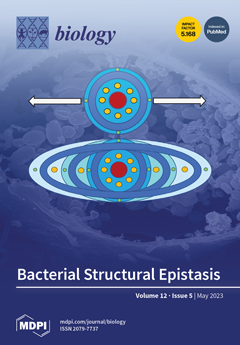Introduction: Cocaine use disorder (CUD) is a substance use disorder characterized by a strong desire to obtain, consume, and misuse cocaine. Little is known about how cocaine affects the structure of the brain. In this study, we first investigated the anatomical brain changes
[...] Read more.
Introduction: Cocaine use disorder (CUD) is a substance use disorder characterized by a strong desire to obtain, consume, and misuse cocaine. Little is known about how cocaine affects the structure of the brain. In this study, we first investigated the anatomical brain changes in individuals with CUD compared to their matched healthy controls, and then explored whether these anatomical brain abnormalities contribute to considerably accelerated brain aging among this population.
Methods: At the first stage, we used anatomical magnetic resonance imaging (MRI) data, voxel-based morphometry (VBM), and deformation-based morphometry techniques to uncover the morphological and macroscopic anatomical brain changes in 74 CUD patients compared to 62 age- and sex-matched healthy controls (HCs) obtained from the SUDMEX CONN dataset, the Mexican MRI dataset of patients with CUD. Then, we computed brain-predicted age difference (i.e., brain-PAD: the brain-predicted age minus the actual age) in CUD and HC groups using a robust brain age estimation framework. Using a multiple regression analysis, we also investigated the regional gray matter (GM) and white matter (WM) changes associated with the brain-PAD.
Results: Using a whole-brain VBM analysis, we observed widespread gray matter atrophy in CUD patients located in the temporal lobe, frontal lobe, insula, middle frontal gyrus, superior frontal gyrus, rectal gyrus, and limbic lobe regions compared to the HCs. In contrast, we did not observe any swelling in the GM, changes in the WM, or local brain tissue atrophy or expansion between the CUD and HC groups. Furthermore, we found a significantly higher brain-PAD in CUD patients compared to matched HCs (mean difference = 2.62 years, Cohen’s d = 0.54;
t-test = 3.16,
p = 0.002). The regression analysis showed significant negative changes in GM volume associated with brain-PAD in the CUD group, particularly in the limbic lobe, subcallosal gyrus, cingulate gyrus, and anterior cingulate regions.
Discussion: The results of our investigation reveal that chronic cocaine use is linked to significant changes in gray matter, which hasten the process of structural brain aging in individuals who use the drug. These findings offer valuable insights into the impact of cocaine on the composition of the brain.
Full article






